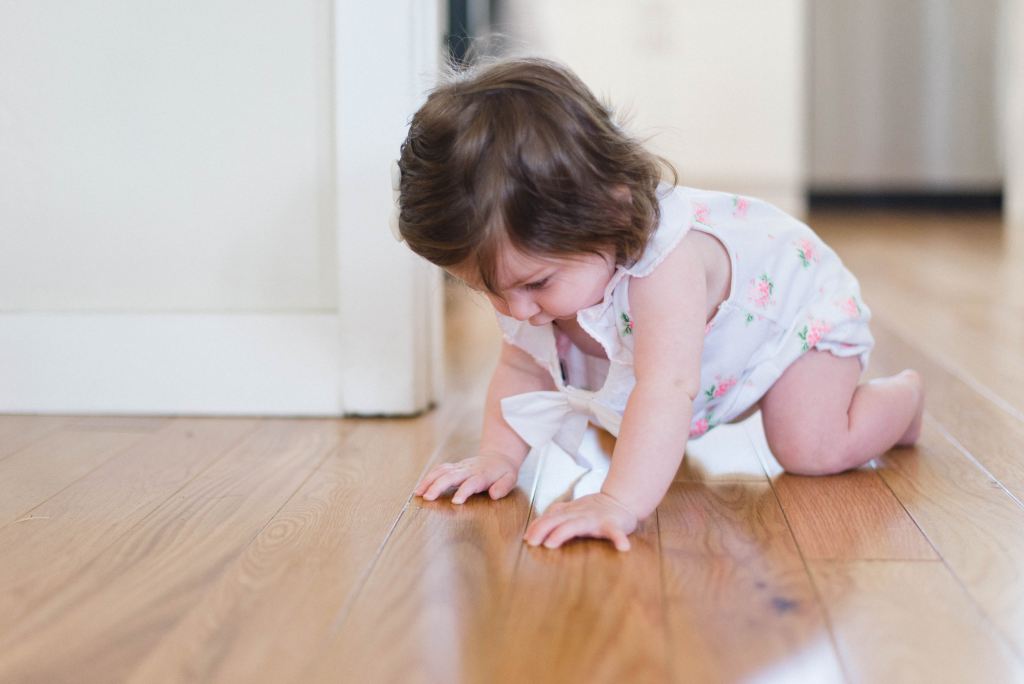Creating a Safe and Healthy Environment for Your Whole Family

As a mom, one of my top priorities is keeping my family healthy and safe. Over the years, I’ve learned that there are many things I can do to reduce their exposure to harmful chemicals in their daily lives. Unfortunately, I’ve also seen firsthand how these things can impact their health. In this post, I’ll be sharing some tips on how to keep your kids healthy and away from unhealthy or toxic chemicals or processed foods, as well as the harmful effects they can have on their health.
Here are ten things you can do to keep you kids healthy and away from unhealthy or toxic exposures every day:
- Cook more meals at home using fresh, whole ingredients, rather than relying on processed or pre-packaged foods on a regular basis.
- Read food labels carefully and avoid products that contain artificial colors, flavors, or preservatives. Go down the organic aisle first, you’ll be surprised how many pantry staples are available in healthier – yet still tasty – form.
- Choose organic produce and meat whenever possible to reduce exposure to pesticides and antibiotics. Conventionally grown berries are sprayed with a lot of chemicals that get into the fruit – buy organic – or farm stand – berries as a priority if you can.
- Teach kids about healthy food choices and involve them in meal planning and preparation. Their buy-in can make good habits stick better.
- Avoid using plastic containers and utensils for food storage and instead opt for glass, stainless steel, or other non-toxic materials.
- Use natural cleaning products instead of harsh chemicals that can be harmful to children and pets.
- Ensure good indoor air quality by opening windows for ventilation and avoiding air fresheners and other artificial scents.
- Choose non-toxic personal care products, such as shampoos and soaps, for children and adults.
- Use a water filtration system to remove harmful chemicals and contaminants from drinking water. Start with a water pitcher filter, but make sure it is certified to filter lead and volatile organic chemicals (VOC’s).
- Be mindful of other potential sources of exposure to lead, such as old paint or contaminated soil, and take steps to reduce the risk of exposure.
By taking these steps, moms can help keep their children healthy and reduce their exposure to harmful chemicals and processed foods. At first, it may take a bit more effort and planning, but the long-term benefits are worth it and overtime you’ll have created a new healthy routine.
It’s crazy to think that products we use, eat, and rely on every day contain potentially harmful ingredients. Sadly because of antiquated consumer safety regulations in the U.S. coupled with a huge number of new industrial chemicals that have been rolled out in recent years, there are hundreds of thousands in use today. At the same time, more and more studies have been conducted to show the troubling health concerns associated with many substances we ingest, put on our skin and breathe each day. Artificial colors, preservatives, and chemicals commonly found in household products and processed foods can have a range of harmful effects on children. Here are some examples:
- Hyperactivity and behavioral issues: Some studies have linked artificial colors, preservatives, and chemicals in food to hyperactivity and behavioral issues in children, such as ADHD (Attention Deficit Hyperactivity Disorder).
- Asthma and respiratory problems: Certain cleaning products and air fresheners contain chemicals that can trigger asthma attacks and other respiratory problems in children.
- Skin irritation and allergic reactions: Chemicals in personal care products, such as lotions and shampoos, can cause skin irritation and allergic reactions in children.
- Hormonal disruption: Some chemicals found in plastics and food packaging have been linked to hormonal disruption, which can impact the development of children’s reproductive systems.
- Cancer: Certain chemicals, such as phthalates and formaldehyde, are known carcinogens and can increase the risk of cancer in children.
- Developmental delays: Exposure to lead, found in old paint and contaminated soil, can cause developmental delays in children and impact their cognitive and physical development.
- Digestive problems: Some preservatives used in processed foods can cause digestive problems in children, such as diarrhea and bloating.
By reducing children’s exposure to these harmful chemicals, parents can help protect their health and well-being. This is why it’s important to read labels carefully and choose products that are free of artificial colors, preservatives, and other harmful chemicals whenever possible.
I know this all sounds scary, but the good news is that by taking these preventative steps, you can help keep your children healthy and reduce their exposure to harmful chemicals and processed foods. Let’s work together to create a healthier and safer environment for our kids so they can truly thrive.
If you’d like to learn to live a more natural, non-toxic lifestyle & make changes to detox your family’s home & health, it’s a great time to start. To get you motivated, check out this free guide on my top 10 Healthy Home Detox Tips.
